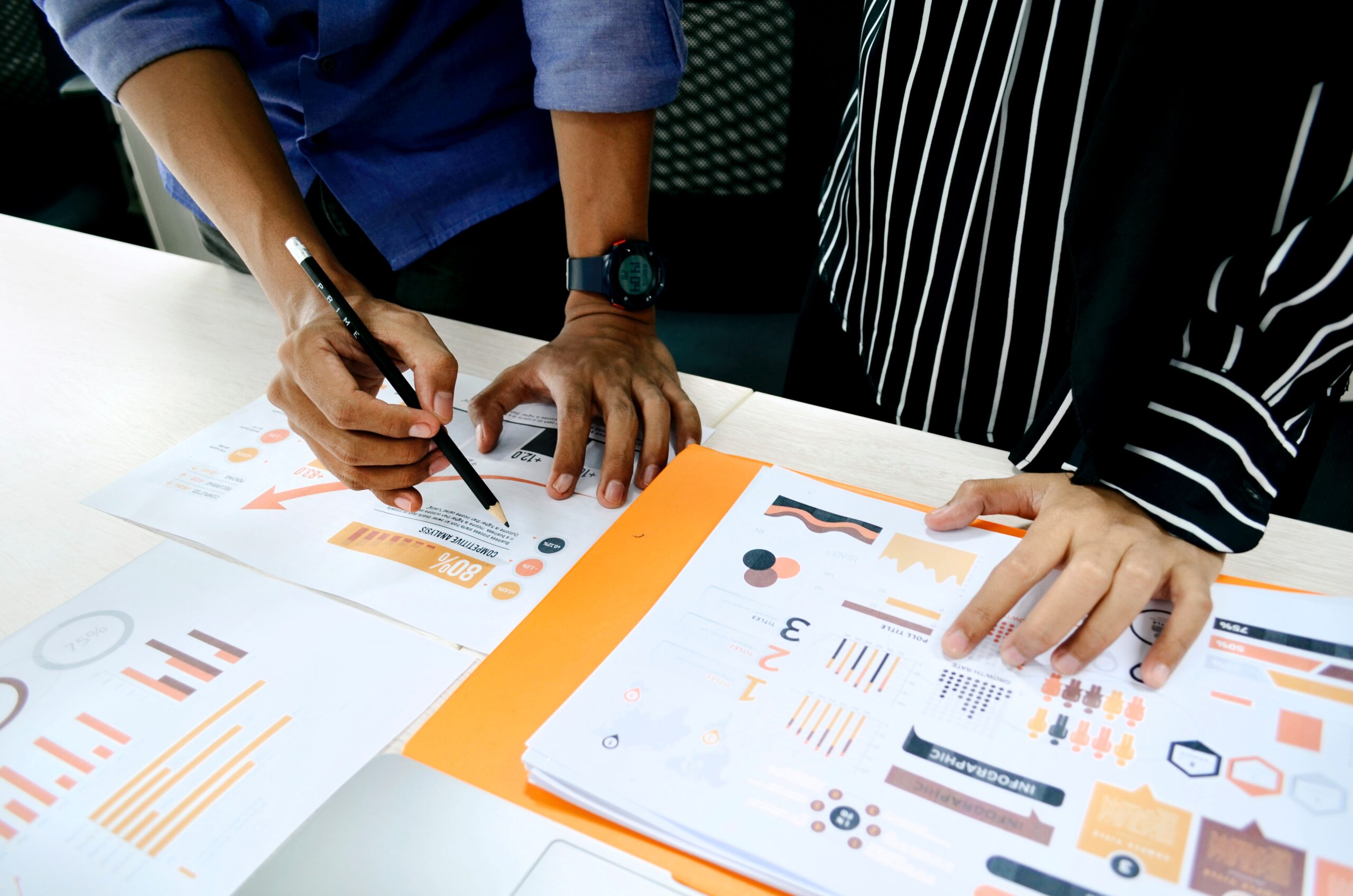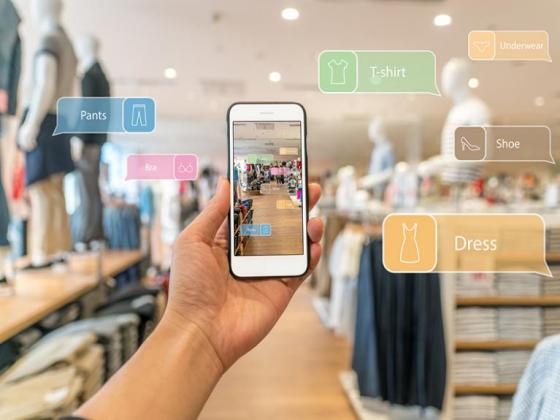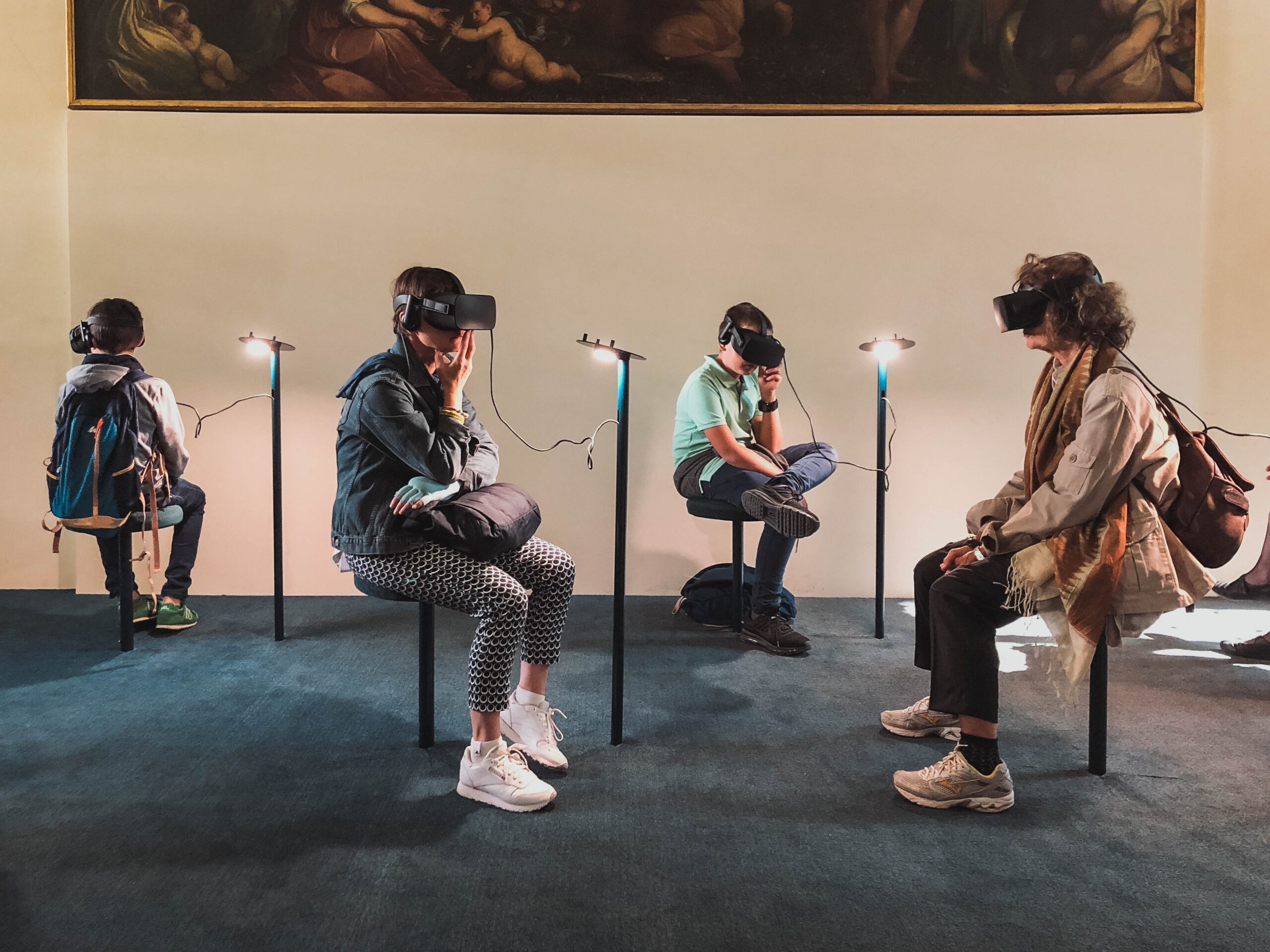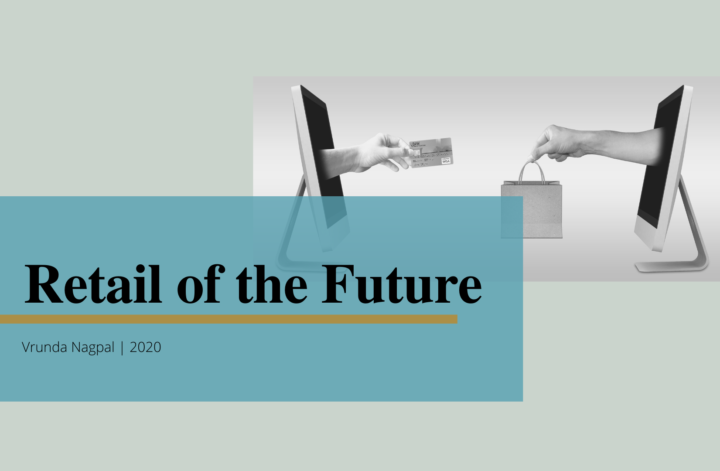As this pandemic changes the way consumers behave, the way businesses interact with their consumers will also change. Looking at the retail industry in particular the overall architecture of the sector is shifting. It is more important than ever to be agile & explore emerging opportunities to stay ahead of the curve.
The industry expects to lose at least 40% of business this year, and about 20-25% are staring at the possibility of shutting shop.
Retail businesses have been bifurcated into “essential” (grocery, pharmacy, household supplies, food delivery) and “non-essential” (apparel, jewelry, luxury goods, spas & salons). While essential products & services have not taken as big a hit, the non-essential brands are facing plenty of challenges.
Consumers are reluctant to visit physical stores, logistical & organizational difficulties mean that resources are diminishing and costs are increasing. All this makes it difficult for a business to deliver their goods & services to their target consumer.
While there is no “one-size-fits-all” remedy, there are a number of steps businesses can take to ensure continuity.

Keep your ear to the ground
Understand the changing consumer behavior and identify the new need gap. Customers across the board have embraced online commerce like never before. With customers spending more time on digital platforms, brands will ensure they put up engaging content.
As per a survey by Capgemini, 59% of consumers worldwide said they had high levels of interaction with physical stores before covid-19, but today less than a quarter i.e. 24% see themselves in that high-interaction
There is also a heightened awareness of hygiene measures and new purchase priorities. Go omnichannel, this provides even greater value as it expands the amount of information available to retailers and gives them access to deeper insights into the customer base. Engage with your client through their preferred channel – Shops on Instagram, WhatsApp catalogs.
When it comes to categories like jewelry or even apparel customers still want an initial physical interaction with the brand before switching to digital. Re-assure customers to return to showrooms by offering “appointment based shopping”.

Go “Phygital”
Even before the pandemic, many brick-and-mortar retailers were struggling. The “Phygital” approach is far from a new concept, but it will gain more prominence now.
Personalized, contact-less retail with AI is the next logical step for brands who want to connect with their customers. Tanishq along with StyleDotMe, launched a virtual jewelry try-on experience zone at Delhi & Bangalore Airports. Tanishq hosted over 200+ designs, with this ‘Virtual Try and Buy’ experience, through the augmented reality-based platform, mirrAR.
Retailers will need to repurpose resources, reimagine the role of stores, and spread their staff expertise across more channels. Allbirds, the San Francisco-based start-up whose eco-friendly shoes have become staples in Hollywood and Silicon Valley wardrobes and they forayed in China in 2019. When COVID-19 struck, they reacted quickly, their store employees pivoted from dealing with consumers directly in the retail space to supporting e-commerce fulfillment via online chat and real-time video.

Step up the online experience
Having a website is no longer enough. Consider the increasing focus on immersive shopping and customer experience or ‘retailtainment’. In 2015 TOMS’ placed VR headsets into 100 stores, enabling them to virtually transport customers to Peru to see the impact of their One for One giving campaign on local people.
This can be taken to the next level by start-ups like Bangalore based Gmerti that is helping brands like Big Bazaar & Reliance to open up their wide inventory with dynamic XR.
In terms of events, brands can turn to live streaming, not only connect but also create new opportunities with their audiences. A great example being -American fashion house Michael Kors who recently released a series of Livestream sessions and short videos to introduce its new range of customizable handbags. These broadcasts were bolstered by other digital experiences, including a mobile lifestyle quiz that results in personalized handbag recommendations from the brand’s namesake designer.
To wrap up, while adversity throws a lot of new challenges our way, it also brings with it new opportunities. AI & data analytics will enable retailers to provide deep personalization both online and offline by anticipating customer expectations and delivering a select list of products/services based on customer preferences.
As such, brands equipped with the latest online capabilities and strategies will be best positioned to weather and recover from the current crisis




